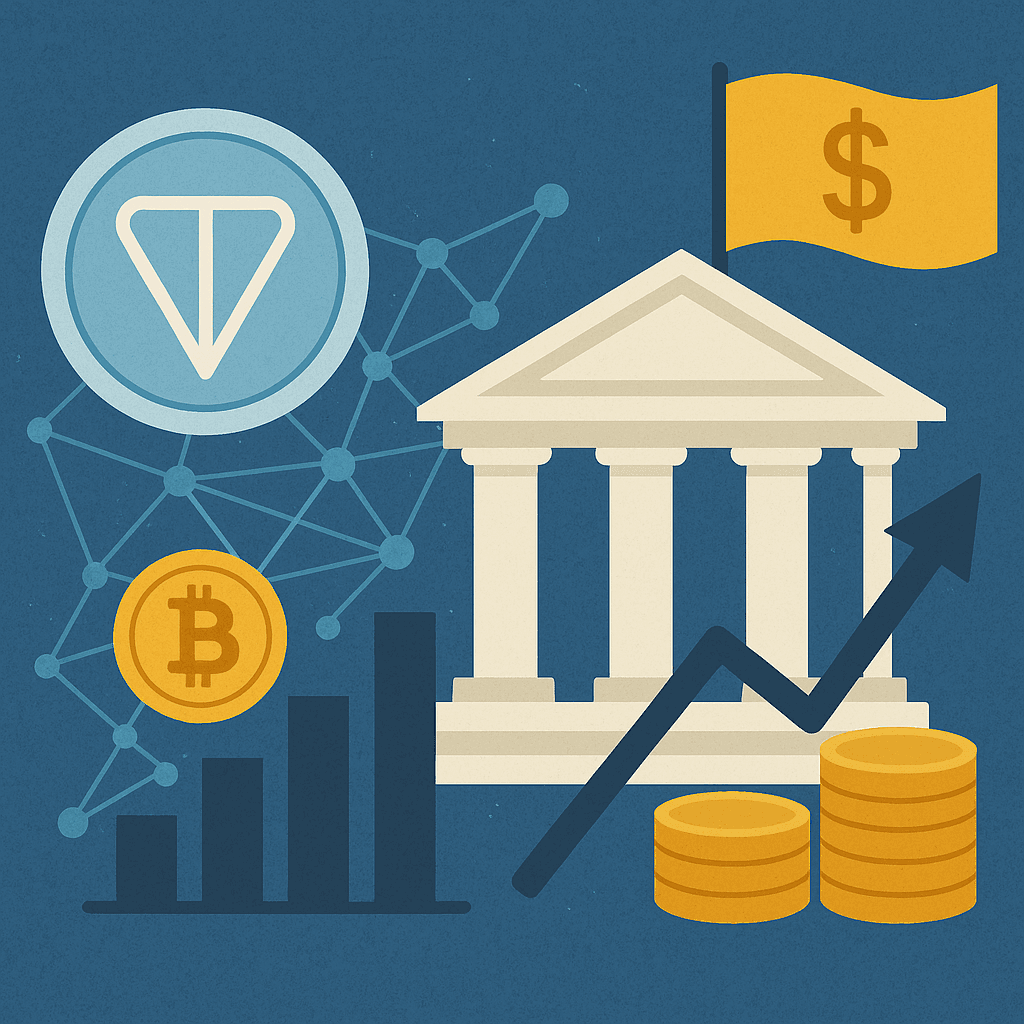Blockchain technology faces a fundamental challenge: how to process thousands of transactions quickly without sacrificing security or decentralization. Enter rollups – a revolutionary scaling solution that’s transforming how we think about blockchain performance. If you’ve heard terms like “Optimistic Rollups” or “ZK-Rollups” floating around but aren’t sure what they mean, this guide will break down everything you need to know in plain English.
Think of rollups as express lanes for blockchain transactions. Instead of processing every single transaction on the main blockchain (like Ethereum), rollups bundle hundreds of transactions together and process them off-chain, then submit a summary back to the main network. This approach dramatically reduces costs and increases speed while maintaining the security guarantees of the underlying blockchain.
Understanding Optimistic Rollups: The Trust-First Approach
Optimistic rollups operate on a simple principle: assume everything is legitimate unless proven otherwise. When transactions are bundled and submitted to the main blockchain, the system optimistically assumes they’re all valid. It’s like having a fast-pass system where you’re trusted to have paid, but security guards can check your ticket if needed.
Here’s how optimistic rollups work in practice:
The system processes transactions off-chain and publishes the results to the main blockchain. During a “challenge period” (usually 7 days), anyone can dispute a transaction if they believe it’s fraudulent. If someone spots an error and successfully challenges it, they receive a reward, while the person who submitted the incorrect transaction loses their security deposit.
Popular optimistic rollup platforms include Arbitrum and Optimism, which have gained significant traction in the developer community. These platforms offer near-instant transactions with fees that are typically 10-100 times lower than processing directly on Ethereum.
The main drawback? That 7-day waiting period for final confirmation when moving assets back to the main blockchain. It’s the price you pay for the “innocent until proven guilty” approach.
ZK-Rollups: Mathematical Proof Meets Instant Verification
Zero-Knowledge (ZK) rollups take a different approach entirely. Instead of assuming transactions are valid, they provide mathematical proof that everything is correct. It’s like showing a detailed receipt for every purchase instead of relying on trust.
ZK-rollups use sophisticated cryptographic techniques called zero-knowledge proofs. These proofs allow the system to verify that transactions are legitimate without revealing the actual transaction details. Think of it as proving you know a secret password without actually saying the password out loud.
When a batch of transactions is processed, the ZK-rollup generates a cryptographic proof that gets submitted to the main blockchain. The main network can instantly verify this proof mathematically, confirming that all bundled transactions are valid without having to check each one individually.
This approach offers several advantages: instant finality (no waiting periods), stronger security guarantees, and even lower transaction costs in some cases. However, ZK-rollups are more complex to implement and require specialized knowledge to develop applications for them.
Leading ZK-rollup platforms include zkSync, StarkNet, and Polygon zkEVM, each offering different approaches to zero-knowledge proof generation and verification.
Choosing the Right Rollup Solution
For developers deciding between optimistic and ZK-rollups, consider these factors:
Choose Optimistic Rollups if: You need full EVM compatibility, want easier migration from existing Ethereum applications, or prefer battle-tested technology with a large developer ecosystem.
Choose ZK-Rollups if: You prioritize instant finality, want maximum security, or are building applications where privacy is important.
Both technologies are rapidly evolving, with new improvements released regularly. The rollup landscape is competitive and innovative, driving better performance and user experience across the board.
The Future of Blockchain Scaling
Rollups represent one of the most promising paths toward mainstream blockchain adoption. By solving the blockchain trilemma – achieving security, decentralization, and scalability simultaneously – rollups are enabling new use cases that weren’t previously feasible.
Whether you choose optimistic or ZK-rollups, you’re participating in the next evolution of blockchain technology. As these solutions mature and improve, we can expect even faster transactions, lower costs, and better user experiences. The future of decentralized applications is being built on rollup technology, and understanding how they work puts you at the forefront of this technological revolution.
For developers ready to build on rollups, both approaches offer compelling advantages. The key is understanding your specific needs and choosing the solution that best aligns with your project’s requirements and timeline.




